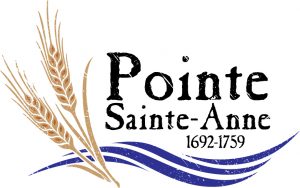 Acadian Exhibit at Fredericton Region Museum Tells History of Pointe Sainte-Anne
Acadian Exhibit at Fredericton Region Museum Tells History of Pointe Sainte-Anne
(Fredericton, NB – August 12, 2019) – A new interactive exhibit on the history of the Acadian settlement at Pointe Sainte-Anne (1692-1759) was launched on August 15, 2019, Acadian National Day, at the Fredericton Region Museum.
Dr. Chantal Richard, Guest Curator, explained that the exhibit is a recreation of a typical Acadian home as it would have appeared in 1759. Visitors are led through the establishment of Pointe Sainte-Anne, which was situated in what is now Fredericton between 1692 and 1759, when it was destroyed during the St. John River Campaign.
“This agrarian village was the home of about a hundred Acadians who maintained complex relationships with the W?last?kwiyik,” said Dr. Richard.
Stephanie Pettigrew is a PhD candidate who was research director for the project. She explains that Joseph Godin dit Bellefontaine was at the heart of the community along with his large family.
“Godin was interpreter of Indigenous languages for the King of France, as well as captain of the Acadian militia on the St. John River,” said Pettigrew. “Like many more Acadians who lived through the Deportation, he ended his life in poverty and misery after being deported several times, having lost almost all of his loved ones.”
Melynda Jarratt is the Executive Director of the Fredericton Region Museum. She says the Pointe Sainte-Anne exhibit marks the first time the museum will use virtual reality and digital animation technology on such a large scale.
“Alan Edwards of Synthetic Imageworks has set a new standard for the museum in terms of the integration of digital technology and high tech in exhibit interpretation,” she says.
Jarratt also credits exhibit developer Doug Hall with the creative reconstruction of the burned out shell of a typical Acadian house in what would have been Pointe Sainte-Anne.
The Pointe Sainte-Anne exhibit was made possible with the financial support of the York Sunbury Historical Society, the Social Science and Humanities Research Council of Canada, NB Heritage Branch, Heritage Canada. The project also received the support of key partners from the University of New Brunswick, Village Historique Acadien, la Societé d’histoire de la riviere Sainte-Jean and NB College of Craft and Design and in consultation with Andrea Bear-Nicholas and Fidèle Thériault.

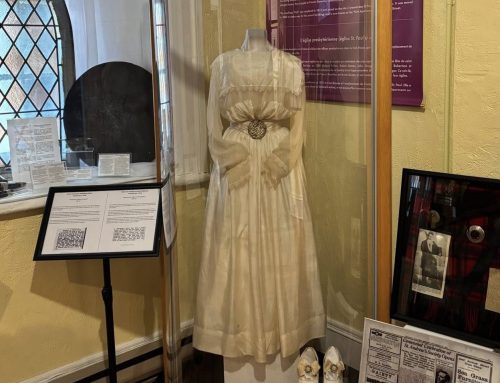
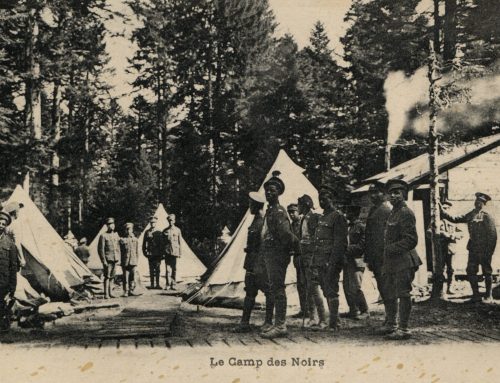
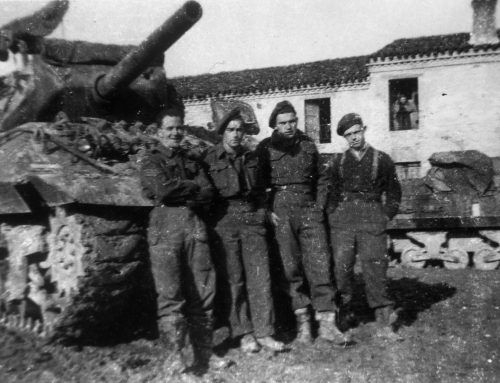
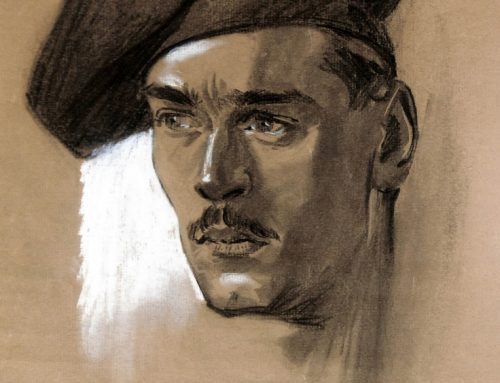
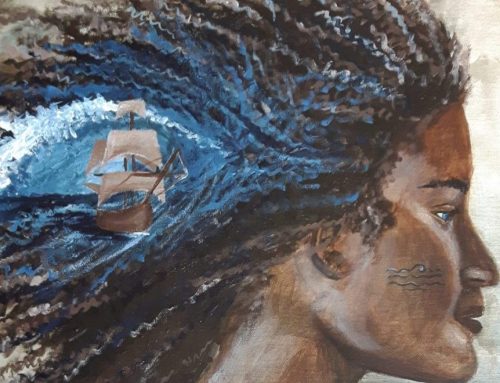
We are unknown very distant cousins, as these Godins are my ancestors also.
I went to visit this exhibition at the soldiers barracks I think it is. I was very pleased with all of it. Spectacular. My son who lives in Fredericton was with me. He too enjoy it . I am acadian, une vrai acadienne de maman (Landry de CAraquet) and papa (Nicolas Godin de Maisonnette). I’m from Bathurst. Remarquable the resilience of these acadians. They were survivers,builders, fighters. And thanks to them great soles we are still here today. On est fier de notre héritage d’hommes & femmes fortes avec une capacités de fer,surtout pour nous transmettre cet héritage.
Thank you so much for this exhibit. I hope to bring my sisters to visit.
I first heard about a little of the history of Pointe Ste Anne by my mother & our bishop Mgr Godin a long time ago. The’re both dead for lots of years now. That’s how one 9f the Godin went to lie in Bertrand by Caraquet then to different places close by. My father 3 generations before went to Maisonnette. Some went to Petit Rocher & so on. My father came to work inBathurst when they first build the paper mill in the late 40’s & early 50’s. Been there ever since.build his house in 1953. He’s passed now. He would be so impressed.
Thank you
Annette Boucher